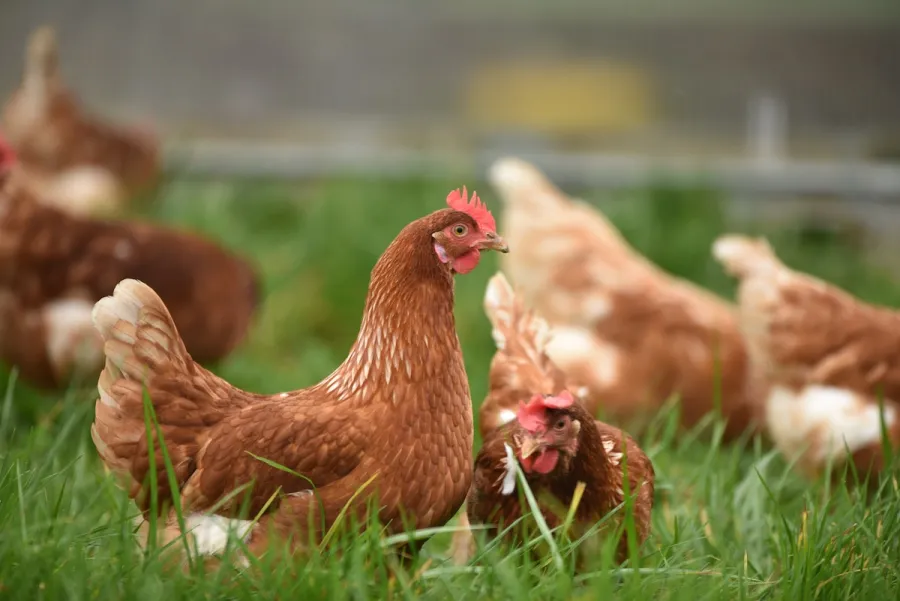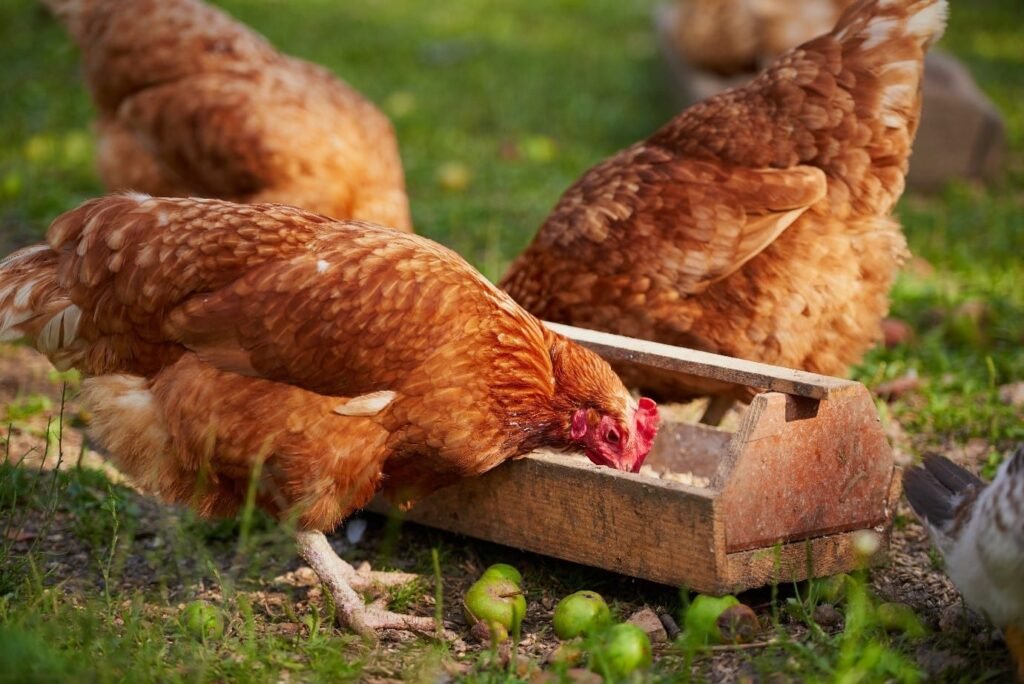Fermenting chicken feed is a method that unlocks numerous benefits for poultry, including enhanced nutritional content, improved digestibility, and a bolstered immune system. This guide delves deeper into the process, offering detailed insights and practical tips for successfully fermenting chicken feed.
In-Depth Guide to Fermenting Chicken Feed

Fermentation is a metabolic process that breaks down material biologically, often with the help of bacteria, fungi, or other microorganisms. When applied to chicken feed, it results in a product that’s easier for chickens to digest, with increased levels of beneficial nutrients such as vitamins, minerals, and probiotics.
Materials and Preparation
Materials Needed:
Whole grain chicken feed: Opt for organic feed to avoid pesticides and chemicals that could harm the beneficial bacteria during fermentation.
- Non-chlorinated water: Chlorine can inhibit the growth of the beneficial bacteria required for fermentation. If only tap water is available, let it sit out for 24 hours to allow the chlorine to evaporate.
- A clean container: Use a food-grade plastic bucket or a glass jar with a wide opening. Ensure the container is large enough to hold the feed and water with extra space for the feed to expand.
- A stirring utensil: A clean, long-handled spoon or similar implement for stirring.
- Fermentation starter (optional): While not necessary, adding a fermentation starter like whey, kefir, or apple cider vinegar with the mother can speed up the fermentation process.
Feed-to-Water Ratio:
A general guideline is 1 part feed to 2 parts water. However, this ratio may need adjustment based on the type of feed and the ambient temperature, as higher temperatures can accelerate fermentation.
The Fermentation Process

Mixing the Feed and Water:
In your clean container, mix the chicken feed with non-chlorinated water. Ensure the feed is fully submerged with at least an inch of water on top to create an anaerobic environment that prevents mold.
Adding a Starter (Optional):
Introducing a starter culture can promote a healthy fermentation process. Around 2-4 tablespoons per gallon of mixture is sufficient. This step is particularly beneficial in cooler climates or during colder seasons when natural fermentation processes might be slower.
Covering and Storage:
Cover the container with a cloth or loose lid to allow gases to escape but keep out insects and debris. Store the container in a place with a stable temperature, ideally between 65°F and 75°F (18°C to 24°C), away from direct sunlight.
Daily Maintenance:
Stir the mixture daily to release gases and ensure even fermentation. This also helps to distribute the bacteria evenly throughout the mixture.
Monitoring the Fermentation:
Signs of successful fermentation include a pleasant sour smell and the presence of small bubbles throughout the mixture. If any mold forms on the surface, it’s an indication that the feed was not fully submerged or the container wasn’t clean.
Feeding Fermented Feed to Chickens:
The feed is typically ready in 3 to 4 days, though the exact time can vary. Before serving, stir thoroughly and strain the feed to remove excess liquid. Offer the fermented feed to your chickens in moderation at first, allowing their digestive systems to adjust.
Troubleshooting and Tips
- Mold Growth: If you notice mold on the surface of your fermented feed, it’s a sign of improper fermentation. Ensure the feed is fully submerged and the container is kept clean to prevent mold.
- Odor: While fermented feed has a distinct sour smell, it should not be unpleasant or putrid. An off-smelling fermentation batch should be discarded, as it may contain harmful bacteria.
- Adjustment Period: Some chickens may take time to adjust to fermented feed. Introduce the fermented feed gradually, mixing it with their regular feed to ease the transition.
Conclusion
Fermenting chicken feed is a powerful method to enhance the nutritional value of poultry diets, contributing to healthier, more robust chickens. By following these detailed steps and maintaining a clean, controlled fermentation environment, you can harness the benefits of this natural process to support sustainable and productive poultry farming.